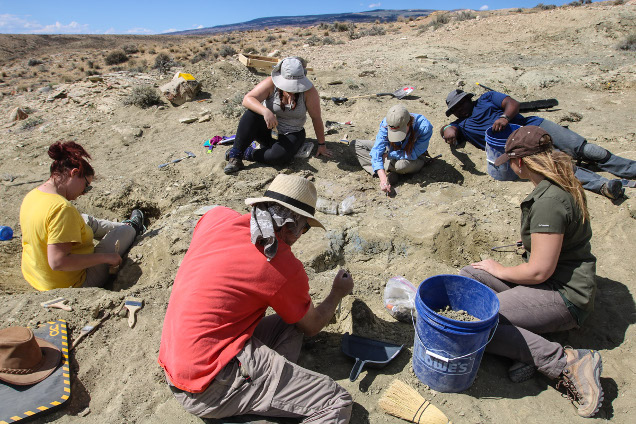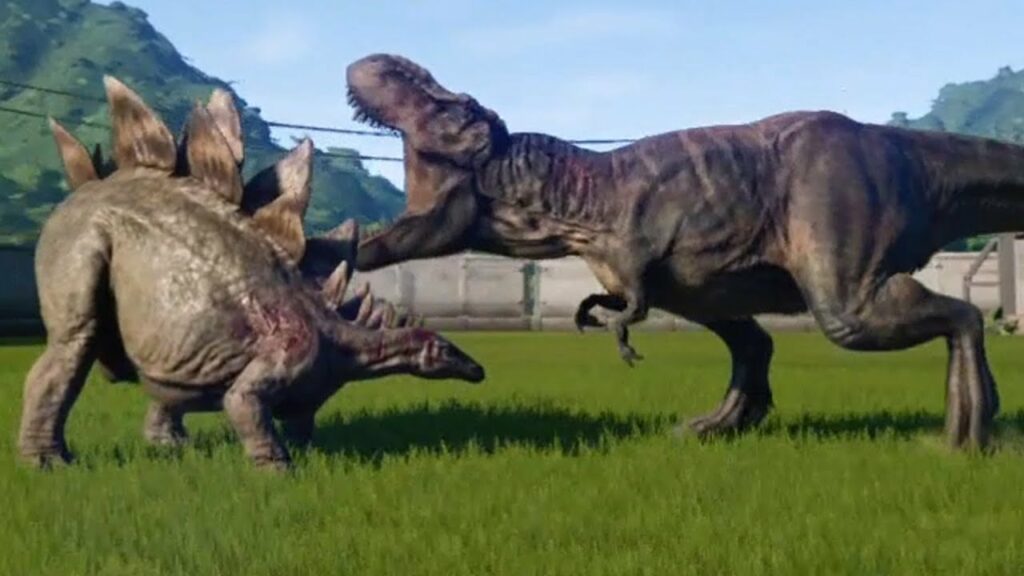Campbell’s Ordinary Soup Does Contain Poison. Tough Jesus Christ. Put Eggs On My Plate Please!
If you learned geology in the US in the last few decades, you may have memorized these three sentences to remember the order of geological periods. This mnemonic device provides the first letter of the various periods in the correct order: Cambrian, Ordovician, Silurian, Devonian, Carboniferous, Permian, Triassic, Jurassic, Cretaceous, Paleocene, Eocene, Oligocene, Miocene, Pliocene, Pleistocene. The general public may know a few of these. Certainly, the movie franchise Jurassic Park made one period famous, and many people know the theory that a meteor hit the Earth at the end of the Cretaceous, exterminating the dinosaurs. Some people know that the Ice Age is the Pleistocene. And often people wonder why we use these names instead of just saying how long ago something was: Why say “late Cretaceous” when we could say “about seventy million years ago.” Wouldn’t that solve the problem of remembering those names to tell what order things happened?

The names themselves are mostly the place where geologists and paleontologists explored a very rich layer of fossils. If the fossil bed was in Jura (France, bordering the Alps), then those fossils were called Jurassic. Fossils from Devon (England) are Devonian, those from Perm (Russia) are Permian, and so forth. Deposits at other locations would earn the same name if they had fossils that were the same as those of Jura, Devon, Perm, etc. I personally dug for fossils in eastern Kansas, which is far from Perm, but the fossils are still “Permian.”
Putting all the different fossil assemblages in correct order was slow in coming because we must piece together information from many sites to see that certain fossils lie above certain other fossils, hence they are more recent. The breaks between the named periods often represent mass extinctions, so there are few lineages that span the dividing line. Early geologists proposed that these breaks represented catastrophes, like Noah’s flood, that were followed by a new creation of life. Of course, calculating an actual date for any fossil (say, 70 million years ago) required technology that has only been available for a few decades, and geology and paleontology had already established their culture and traditions long ago.

For people who specialize in geology and paleontology, the names carry much more information than simply the order in a timeline. Hearing the term “late Cretaceous” will bring to mind what kind of plants and animals existed, where the continents were in relation to today, if the climate was tropical or more temperate, and more. This is similar to when I say “the month of May,” and people already have an idea of flowers blooming, birds returning from migration, school ending soon, and much more. But, if I say “week seventeen,” what do you think of? For many of us, those curious, named periods are still what we prefer to say.

Of course, we pay a lot of attention to the count of years, also. For instance, consider the popular image of fighting dinosaurs: Stegosaurus lived in the late Jurassic, whereas T. rex appeared in the late Cretaceous, about 80 million years later. That is a larger time span than between T. rex and us! In geological time, these things should not be confused, even if they are all dinosaurs. What order do they have in the fossil record? Campbell’s Ordinary Soup Does Contain Poison. Tough Jesus Christ. Put Eggs On My Plate Please!

